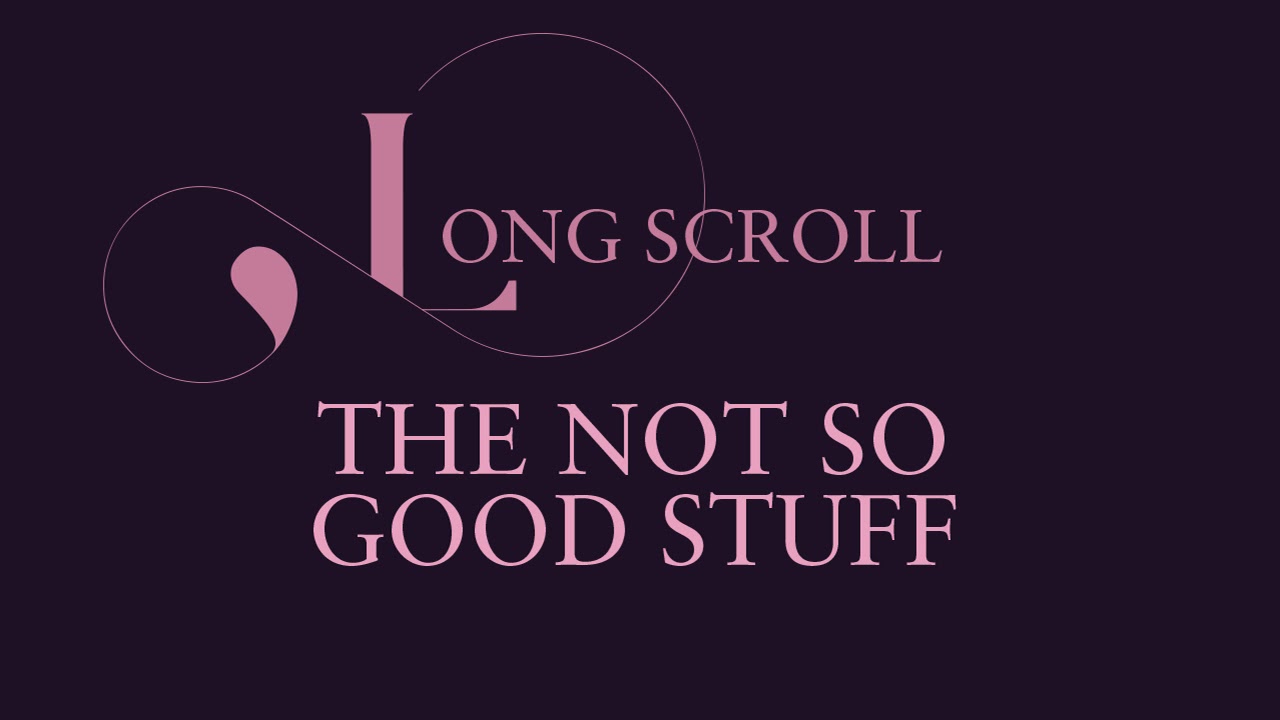When you click-through to a new website, do you strictly stay “above the fold” or do you venture into the beyond by scrolling down the page?
Contrary to popular belief, a large proportion of users do delve beyond the fold. Chartbeat, a content intelligence platform for publishers, analysed data from 2 billion visits, and found that 66% of user attention is spent below the fold. The death of the fold is no new concept. In fact, we touched on this idea in our article on best practice web design back in 2015 after discovering through several A/B tests that moving the call-to-action underneath the fold contributed to considerably higher conversion rates. And for those who favour minimalist website design, we’re sorry to confirm that readership falls significantly when there is only up to 50 words of copy. Whereas, it drops very little when the copy is between 50 and 500 words.
Since then, single page websites – or parallax scroll websites – have made a comeback, providing User Experience (UX) and User Interface (UI) designers with some exciting opportunities to delve into story-telling, produce powerful visuals, and create a more interactive experience.
Like any form of web design, scrolling websites aren’t without their complications and aren’t effective for every kind of business. If you’re looking to revamp your website, we’ve weighed the pros and cons of parallax websites.
https://ifactory.com.au/news/scrolling-web-design-long-and-short-it

